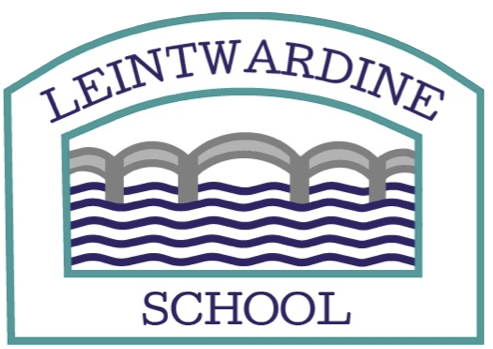Reception - Robin Class
Welcome to Robin class!
Robin class is taught by Mrs Stead and Miss Lewis. We are also supported by Mrs Webster and Mrs Marston.
Learning in our classroom
Newsletters and Timetables
Our Curriculum
Personal, Social, Emotional Development
PSHE lessons will enable us to explore issues that arise in our children1s experiences. Our school is using Restorative Practice as part of our behaviour management and children will be encouraged to understand feelings - their own and others1 - so that they can develop emotional literacy and empathy. Children will be encouraged to understand their own bodies and growth patterns as well as being encouraged to develop independence in looking after themselves. We discuss the importance of relationships, rules and respect for ourselves and others. This term we will explore our bodies and our feelings alongside our skills in listening to one another and taking turns.
Communication and Language
Wide-ranging opportunities in both the indoor and outdoor environments will enable children to develop their communication and language skills: talking to others in one-to-one and group situations, asking questions, reciting rhymes and expanding vocabulary. At all times, children will be encouraged to speak in sentences rather than phrases. Children will continue using the Tales Toolkits resources introduced in nursery to develop story telling and have now been introduced to Drawing Club to dive deep into their imaginations.
Physical Development
We have daily fine motor sessions and activities in provision to help strengthen our muscles for writing. Writing and mark making is encouraged in all areas of the classroom so that the writing becomes meaningful and purposeful for children. We will support children to establish comfortable, strong pencil grips and pencil control as they begin to form letters and make meaningful marks. Please use the phonics posts on Seesaw to review correct letter formation and discourage children from writing the letters incorrectly even if they are recognisable - it is much harder to un-teach skills than to teach them. Writing 1correctly1 will ensure children can write at pace and that they are ready to join in later years. It also helps to distinguish similar letters such as b,d,p and q.
Our PE days will be Mondays and Tuesdays but there are other opportunities to develop gross motor skills using action songs, the outdoor area and our wide selection of bikes, trikes and scooters. We have also planned weekly trips to the Jubilee Field on Friday mornings if the weather is favourable.
Literacy
This term, we will begin complete phase 2 of our Twinkl Synthetic Phonics Programme and begin phase 4. This will allow us to associate each letter with a sound and to then blend these sounds to read words. We will learn many vowel digraphs and trigraphs so that we can read and spell a much wider range of words. We will learn the names of the letters as well as the sounds they most commonly make.
Once given a reading book, please take the time to read this with your child several times. The books will be changed once children are reading words fluently without having to stop and segment and blend each word individually. Later in the term, some children will be given sight words to learn. Sight words are exactly that - words for children to learn to recognise at sight (i.e. no segmenting and blending!). You can read more about sight words here.
Mathematics
It is a common misconception that children who can count really high are great mathematicians and very advanced. In fact, counting is a very basic skill and has quite limited use in calculation so we will spend a long time on 1small1 numbers but we will REALLY understand them. This term we will become amazingly confident in subitising numbers 1-5 and know the different ways in which these numbers can be composed.
Understanding the World
Our understanding of the world will explore what we know about transport and we will begin to think about why they are so many different ways to travel. We will look at how different transport types have changed over time. We will also explore the natural world around us and observe seasonal changes through our weekly visits to the Jubilee Field.
In RE, we will find out why Christmas is an important time for Christians and what many Christians believe about Jesus. We will link this to our annual Nativity play which will be performed in December alongside our Key Stage 1 children.
Expressive Art and Design
There are always many different art and craft materials available for children to use in their choosing time as well as lots of props for role play and story telling. We will offer the children an opportunity to engage with a range of media to create pictures and will explore how we could represent fireworks and Christmas themes in a variety of ways. We will be designing and sewing a felt puppet. In music, we will have an opportunity to explore many action songs and some body percussion alongside our learning of the songs for our Nativity performance and Christmas Carol Service.



















